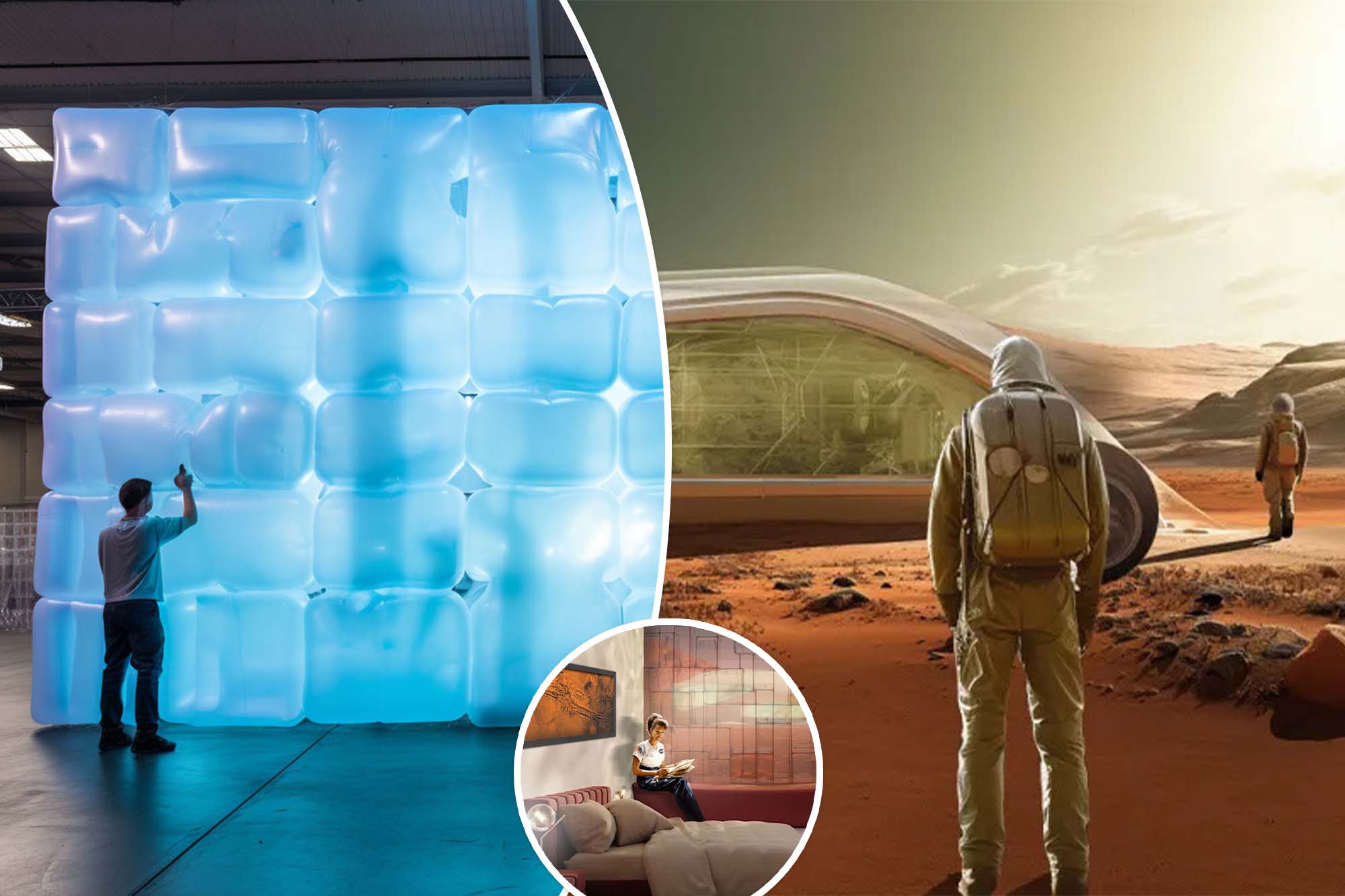
NASA is preparing a plan that comes from a science fiction movie: mushroom house.
Forget dumping tons of concrete and steel into space — the space agency is betting big on fungi to build future habitats on the Moon and Mars.
With the cost of sending just one kilogram of material to the moon at a million dollars, NASA is looking for a solution that does not involve sending bricks and boards.
Enter mycotecture – a modern method of using fungal spores and algae to literally grow structures once they land in space.
“You can’t get boards or bricks,” Chris Maurer, founder of architecture firm Redhouse, which is partnering with NASA on the project, told Al Jazeera. “So what are you going to build with?” The answer: moon dust, water and mushrooms.
The process is quite brutal.
NASA plans to send a sealed, inflated mold to the moon, where fungal spores will combine with algae and water to grow into stable structures that can withstand the moon’s extreme conditions.
These mushroom-based materials have some serious benefits, such as protecting astronauts from harmful radiation and even blocking dangerous micrometeorites.
“Radiation is the show stopper for any manned mission,” says Maurer. “That’s why we haven’t come back [to the moon] since the 70s.â€
He explains that the mycotexture can block over 99% of radiation with just 8 centimeters of material, compared to the 10 feet of lunar dust needed to do the same job. This is a game changer for keeping astronauts safe.
NASA’s next steps include planning to test small-scale models on the Moon by 2028 and take off from there.
But the dream does not stop with the moon.
Mars is next on the list for these fungus-fueled homes.
“It’s almost like science fiction,” Jonathan Dessi-Olive, an assistant professor at the University of North Carolina, told the paper. “They are working to have [structures] they basically cultivate themselves through collaboration with many organisms, which is super exciting.â€
Within a few years, astronauts could be living in fully grown mushroom-based habitats, all thanks to clever biology and a lot of imagination.
NASA is betting big on fungi, and it might just be the key to colonizing other planets.
“It’s not exactly rocket science, but it’s close,” Maurer says.
#NASAs #Wild #Plan #Grow #Mushroom #Homes #Moon
Image Source : nypost.com